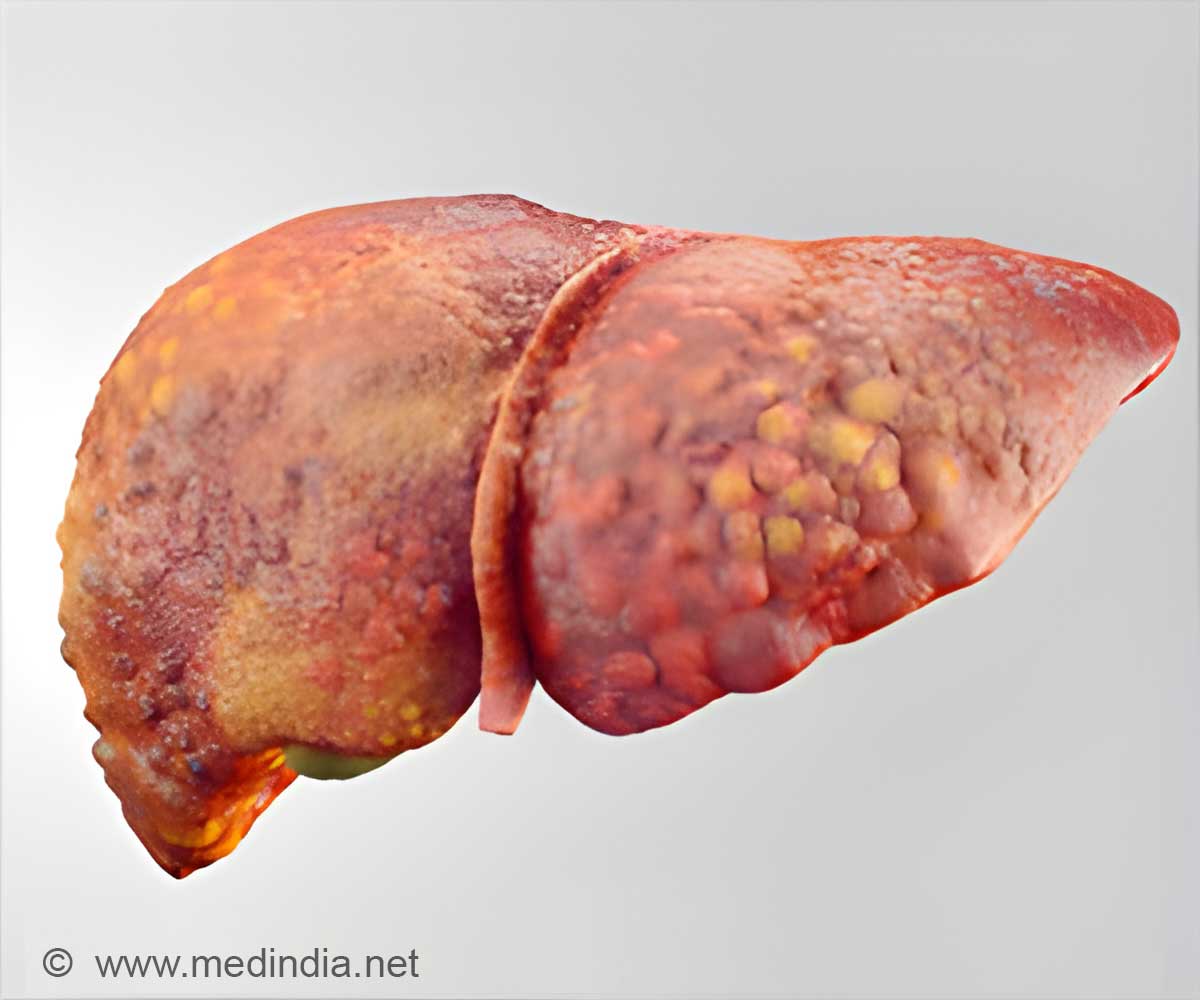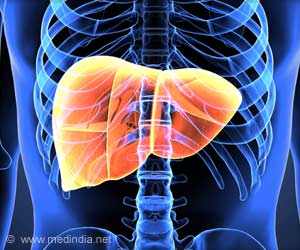Compounds from hops can help prevent dangerous buildup of fat in non-alcoholic fatty liver disease.

TOP INSIGHT
Compounds derived from hops show promise as a treatment for non-alcoholic fatty liver disease.
In this study 60 mice were randomly assigned to one of five groups - low-fat diet, high-fat diet, high-fat diet supplemented by XN, high-fat diet supplemented by more XN, and high-fat diet supplemented by TXN.
"We demonstrated that TXN was very effective in suppressing the development and progression of hepatic steatosis caused by diet," said Gombart, professor of biochemistry and biophysics in the OSU College of Science and a principal investigator at the Linus Pauling Institute.
The results show that TXN is more effective than XN in mitigating diet-induced accumulation of fat in the liver by regulating PPAR£^, a nuclear receptor protein that controls glucose metabolism, the storage of fatty acids, and stimulates the creation of fat cells from stem cells.
Though XN and TXN are effective in rodents, future studies using these compounds c to prevent and treat diet-induced liver steatosis and related metabolic disorders as a low-cost therapeutic approach needs to be validated.
Source-Medindia
 MEDINDIA
MEDINDIA




 Email
Email










